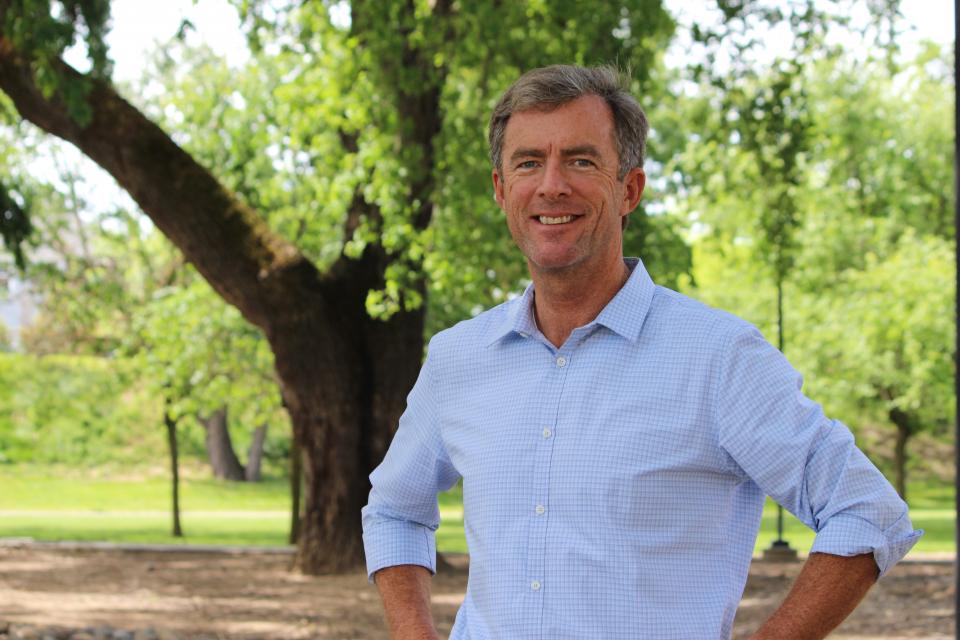Water Leaders: Where Are They Now?
Chris Scheuring Managing Counsel, Natural Resources and Environmental Department, Legal Services Division, California Farm Bureau Federation
Class Year: 2004
Class Research Project: Water and Growth
What was your job when you were in the water leaders class? Associate Attorney for Somach Simmons & Dunn
What does your job focus on these days?
I’m the senior attorney in the department that handles the natural resources and environmental issues for our members across California with respect to water, land use, endangered species and air quality. As a practical matter, though, 70 percent of my work is water-related.
What is the most pressing water issue that you are dealing with?
System-wide, the most pressing issue is additional storage to bring supply back into line with demand. We have overlaid a network of after-the-fact environmental policy choices on to a system that stopped growing a generation ago. At the same time, the state continues to urbanize, so we’re basically playing a game of musical chairs – and the question is not so much is someone going to lose, but who’s it going to be?
What are you doing in terms of storage?
I’m keeping a close eye on regulations from the California Water Commission for Prop. 1 funding of new storage projects, as well as tracking and providing advice on new bills before the Legislature that may affect the development of new water storage. Going forward, on the administrative level, I will be commenting on the permitting of actual storage projects when that happens before theState Water Resources Control Board and other entities. And, of course, if it comes to it – I will be watching related lawsuits on behalf of our members.
Talk about your family farm.
We farm walnuts and almonds, and a couple of other things, organic citrus, mandarin oranges, but we’re mainly nut farmers in western Yolo County. We moved out to California in the 1970s from the Midwest, where we grew corn and soy beans.
What memories do you have of your time in our Water Leaders program?
The tours were fabulous. I continue to be a huge proponent of the tours. It’s the best way to see the reality of the landscape and infrastructure. You can sit at a desk and look at maps and read documents, but you don’t get a sense of how big and geographically diverse this state and its hydrology is, and how critical it is to our pattern of human settlement.
Who was your mentor and what valuable advice did you get?
Fred Keeley (a former assemblyman from Santa Cruz who became the executive director of the Planning and Conservation League). He had quite a different perspective, being from the coast and a liberal area. So he opened up my mind to the differences in perceptions, from coast to inland, urban to rural. I don’t know that the urban folks feel the immediacy of environmental regulation impacts. They see the good in them, but they don’t see the immediacy of the trade-off in terms of water supply that farmers do.
What advice do you have for the young professionals in the water world?
Look at things from a landscape level from the beginning. Take a look at every large map from the Water Education Foundation that you can get your hands on. They show where the projects are, and the canals. Then take a look at California’s precipitation, and where it falls. It’s very helpful to get your career moving quickly to take a big picture view before you zoom in on any one particular area.
It can feel overwhelming, arcane, hard to understand, but if you look at water from a landscape level it’s a fascinating field. It’s always informed by scarcity, which makes it fascinating.
And be sure to start with your integrity and don’t ever lose it.









